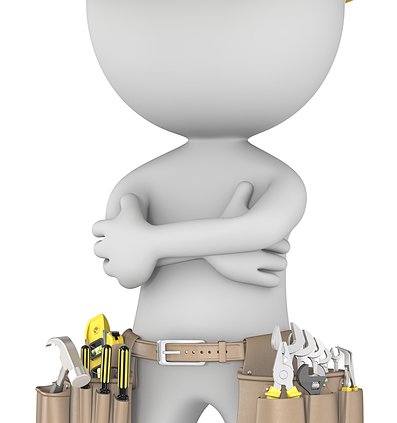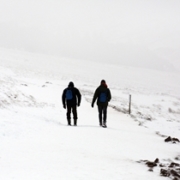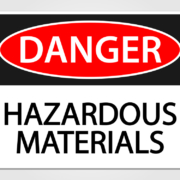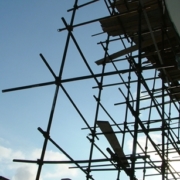Housekeeping on the job
Three of the top four reasons for fatalities on the jobsite are from falls, struck-by objects, or caught-in/between. One thing that has a connection to these hazards is good housekeeping at the jobsite. If there are items and trash scattered throughout the workplace you may have created a hazard for someone to fall, or you may have created a potential struck-by accident.
The number one excuse for having a dirty jobsite is that we don’t have enough time. This can be overcome by cleaning the jobsite as you go and doing a little every day, rather than waiting until it gets out of hand. Then you must shut things down and pull guys from other jobs to help get things back on track.
One strategy you can start to implement is use the five minutes before morning break, lunch, and at the end of the day to attend to housekeeping items. Furthermore, keeping the workplace clean eliminates many working hazards and can greatly increases productivity. In addition, Good housekeeping gives customers and visitors a good impression of your job site and safety. Follow these simple steps to maintain a clean work area.
Housekeeping guidelines:
- Slippery conditions are a workplace hazard. If there is snow and ice it must be removed.
- If it can be cleaned up it must be cleaned.
- Walkways must be clear for a person to walk down. If there are cables through walkways and doorways, you can try to create some planks which will allow people to easily walk over them without tripping. They can also be suspended, which will keep them off the floor and eliminate the hazard.
- Store materials in a safe manner. Do not store materials near a ledge where they could fall. Do not store materials where they could block a walkway or a doorway. Stack materials safety so there is no risk of the material falling.
- There must be proper containers available for the disposal of items that could be flammable, such as oily rags. There must also be containers for any other types of hazardous waste, such as acids or caustics.
- Inspect the work area daily. Remove waste containers. Keep aisles and walkways clear.
- Clean up spills, oil and grease immediately.
- Make sure job boxes and trailers are organized so tools and equipment are stored properly. Store tools properly after use.
- Place waste containers in convenient places for easy waste disposal and empty them often.
- Keep approaches to fire extinguishers and first aid kits clear.
- Run extension cords and air hoses to the side of walk paths. Put up plenty of lights for early morning and night work.
- Remove or clinch nails in old lumber to prevent punctures.
- Keep loose material and supplies away from stairs. Keep wire and strapping loops off the ground.
Are there ways that you can improve housekeeping at your project or facility? If so, how?
Click here to download a free pdf of our free safety meeting on good housekeeping!
By: Paul Taulbee








